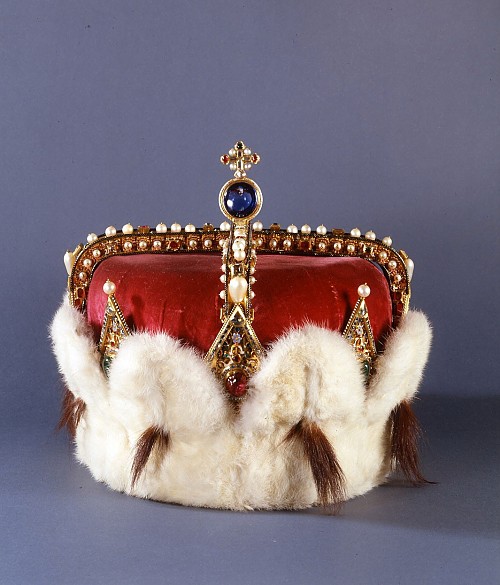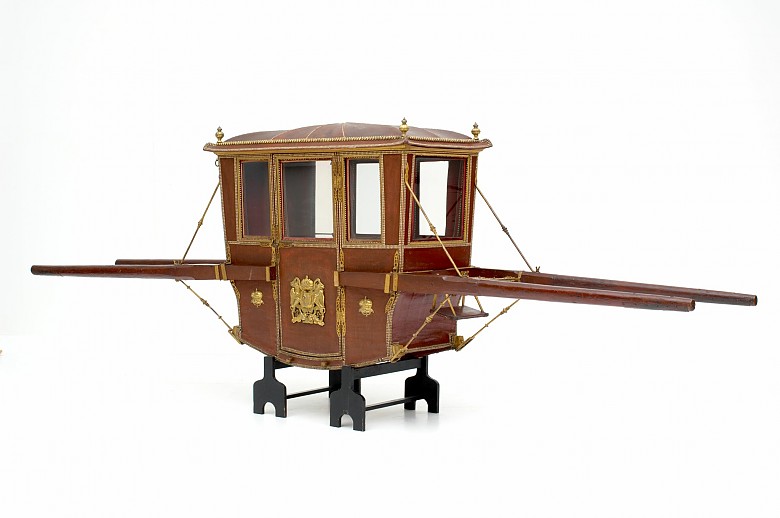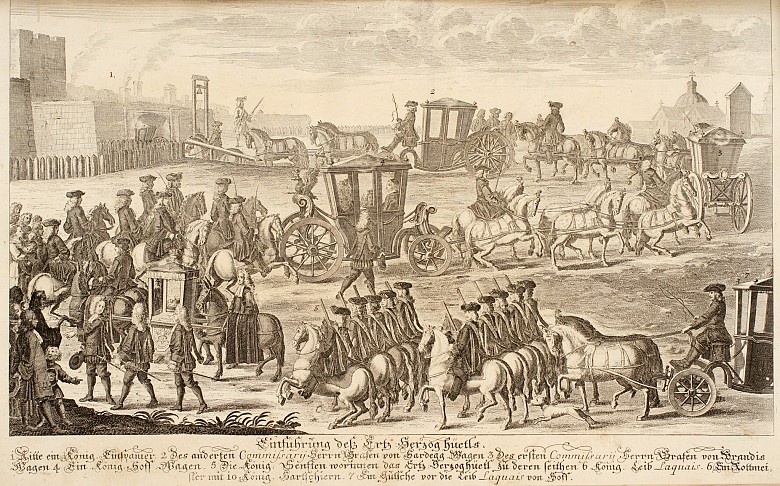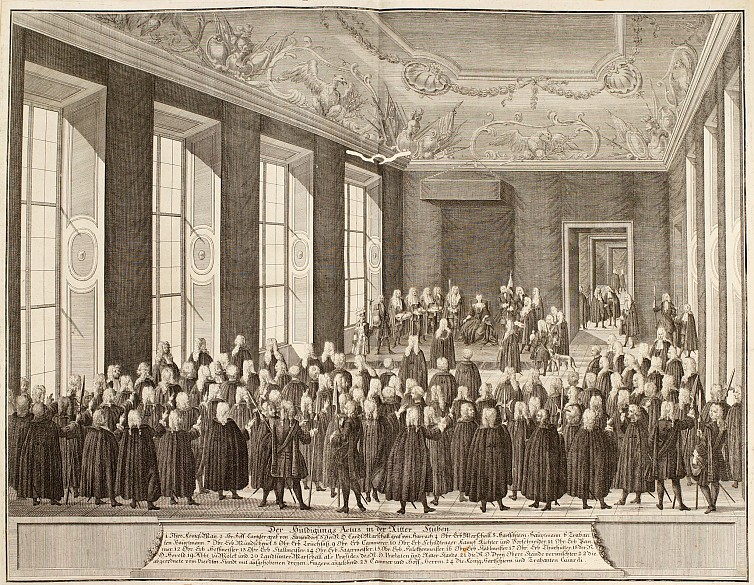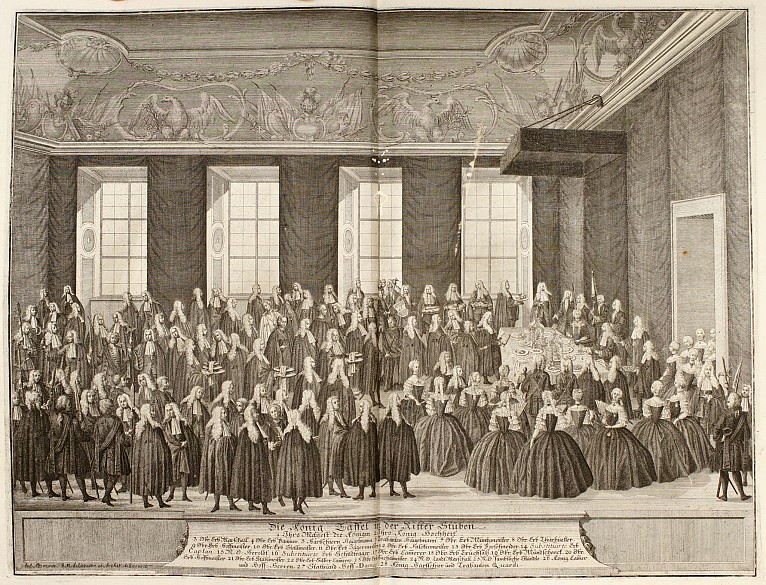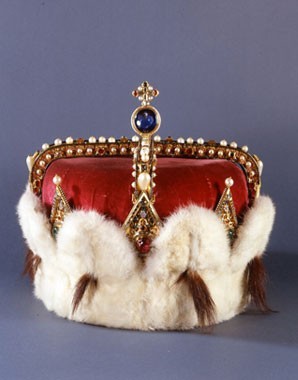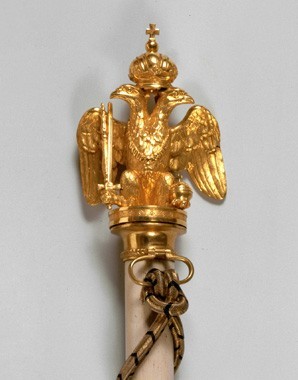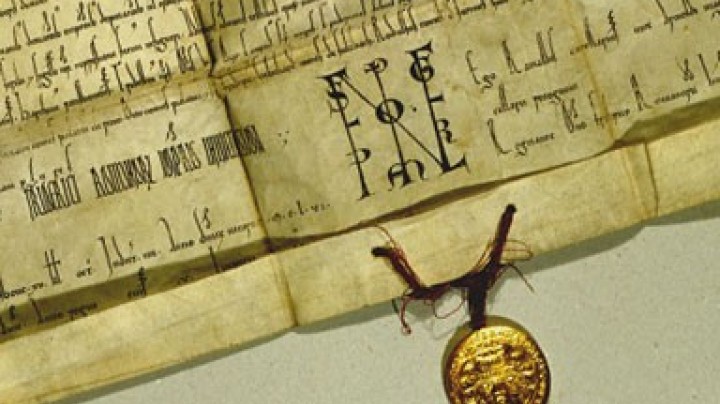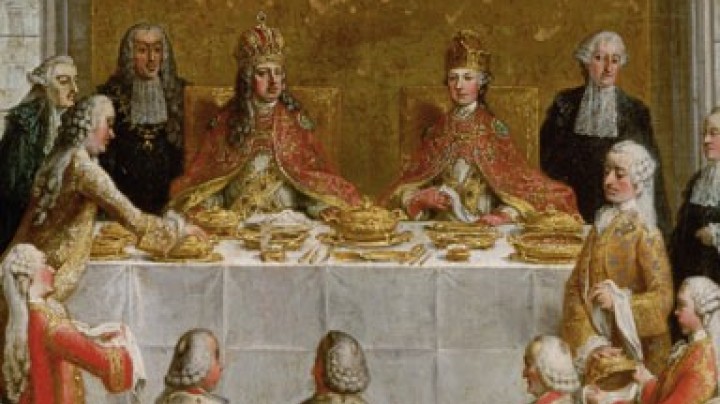The Erbhuldigung – The act of Hereditary Homage
When a Habsburg assumed regency over the Austrian patrimonial lands of the dynasty there was no coronation after his predecessor’s death. Instead, the accession of a new sovereign was marked by a ceremony called the Erbhuldigung or act of Hereditary Homage.
This fostered the evolution of a kind of reciprocal consensus between the ruler and the land, which was represented by the Estates as the figureheads of the political and social ruling classes. The Estates paid homage to the new sovereign lord and swore their oath of allegiance or fealty; in return, the ruler confirmed the ancient rights and privileges of the land and the Estates.
The Austrian patrimonial lands, besides the actual Austrian lands above and below the Enns (i.e., Upper and Lower Austria together with Vienna), comprised Styria, Carinthia, Carniola, Gorizia, Tyrol and the Vorlande (western regions) and, from 1815, Salzburg as well. As the name implies, sovereignty over them was hereditary within the House of Habsburg, so the Habsburgs were legitimate rulers even without this act of Hereditary Homage. Significantly, Joseph II dispensed with this formal act as an expression of his centralising reformist aspirations and his rejection of the federalist system of the Estates. The act of Hereditary Homage was therefore simply a ritual ceremony at which the land presented itself as an association of persons; this was however important for the sense of identity of the individual lands.
The most significant of these acts of Hereditary Homage was that of the Lower Austrian Estates, for they represented the nucleus of Habsburg power. Nearly all rulers participated in this ceremony, the last to do so being Ferdinand I in 1835. The archducal coronet – the ‘crown’ of the Archduchy of Austria below the Enns (i.e., Lower Austria) – was the main attribute in the ceremony. Kept in the abbey of Klosterneuburg near Vienna, it was brought to Vienna in its own gala sedan chair for the act of Hereditary Homage.
The act of Hereditary Homage itself commenced with the procession of homage through the city, where the hierarchy of the Estates manifested itself to the general public through their positions in the procession. Place of honour was given to the prelates, the heads of the great religious houses and monastic foundations. The most influential Estate was that of the lords, to which the leading aristocratic landed families belonged. Of lesser significance were the knights (Ritter) who belonged to the lower-ranking nobility, and the representatives of the cities and market towns in the sovereign lands.
At the centre of the procession was the sovereign prince, with the archducal coronet borne in front of him. He was accompanied by the dignitaries of the patrimonial land, members of old-established noble families who performed ritual acts during the ceremony symbolising service to sovereign and land.
The procession made its way first to St Stephen’s Cathedral, where High Mass was celebrated. From there it went to the Hofburg, where the actual act of homage and the swearing of the oath of allegiance took place in the ‘Ritterstube’ (Knights’ Room) of the ceremonial apartments. This was followed by a thanksgiving service in the Hofburg Chapel, and a Court banquet at which the archducal coronet was placed next to the ruler on a table of its own as the symbol of his office.
